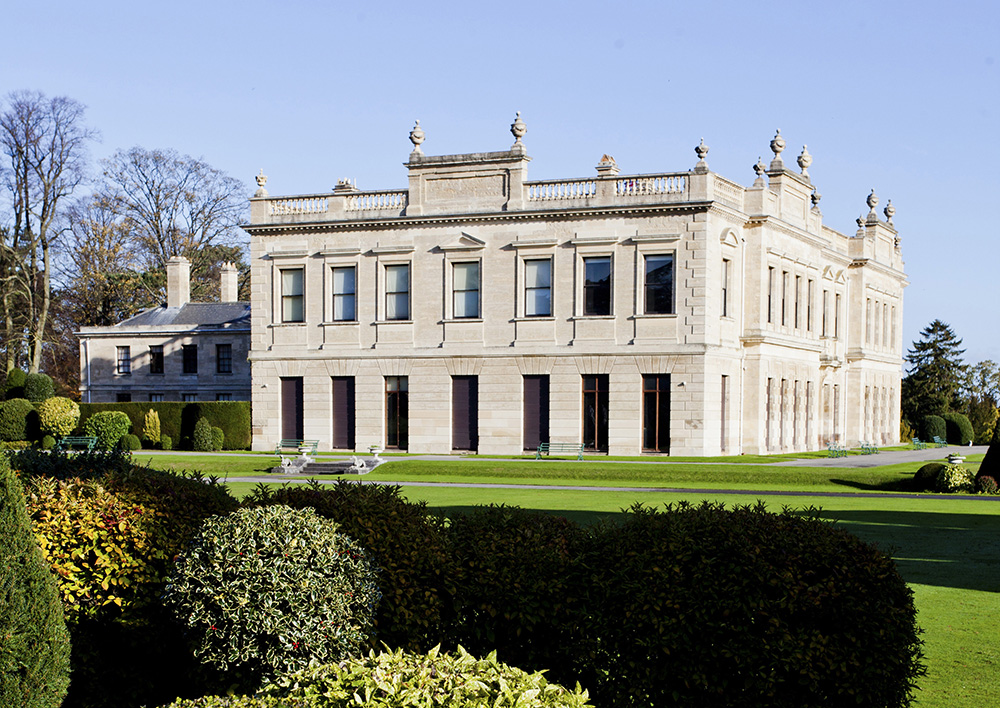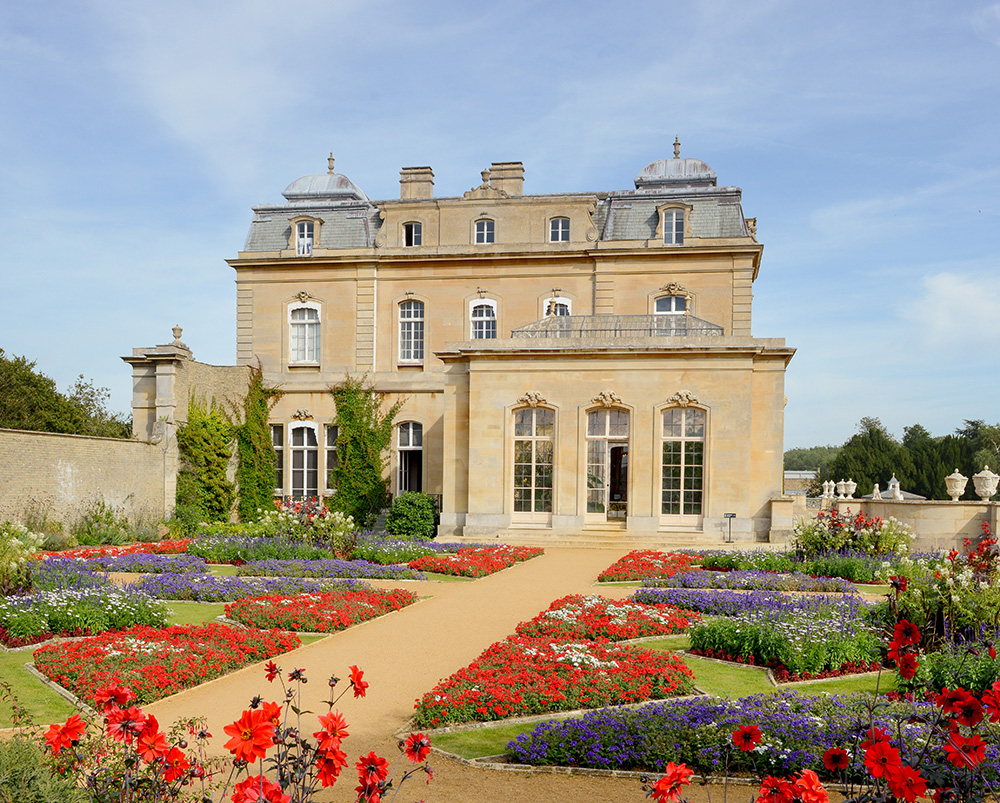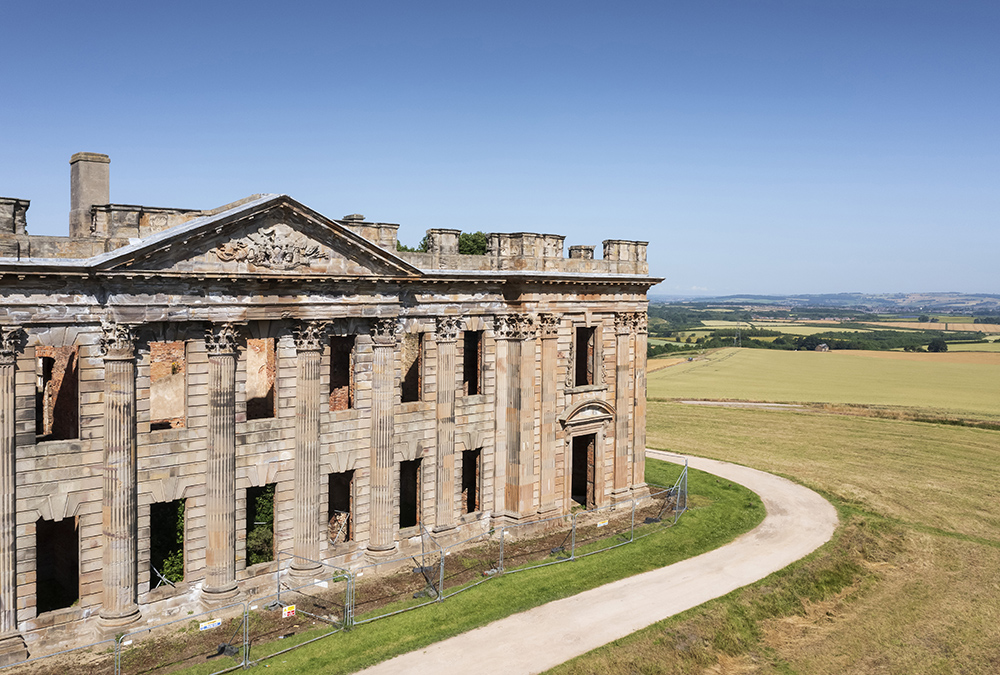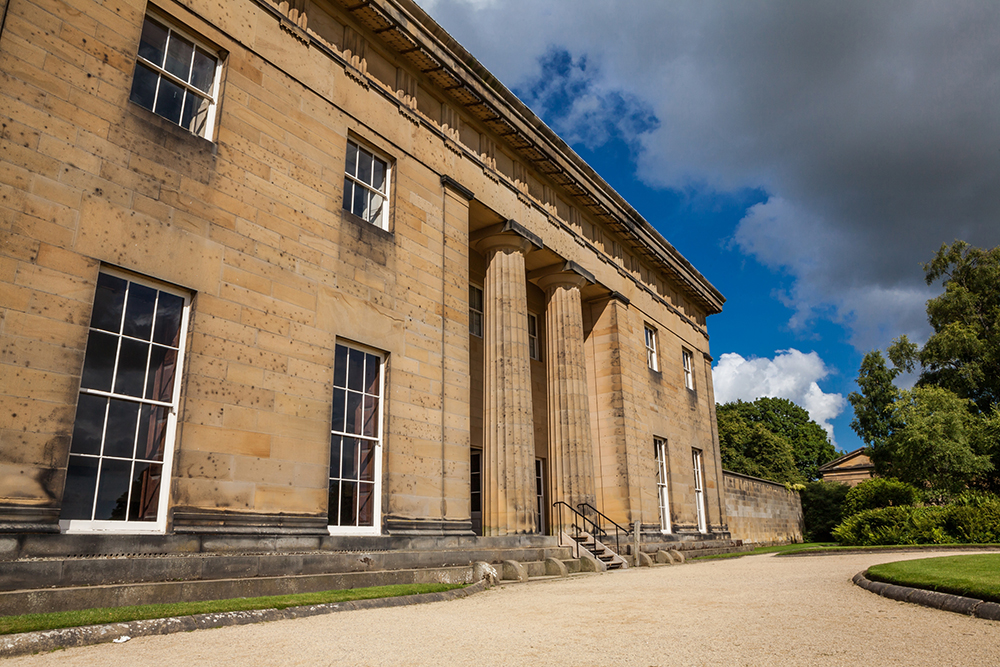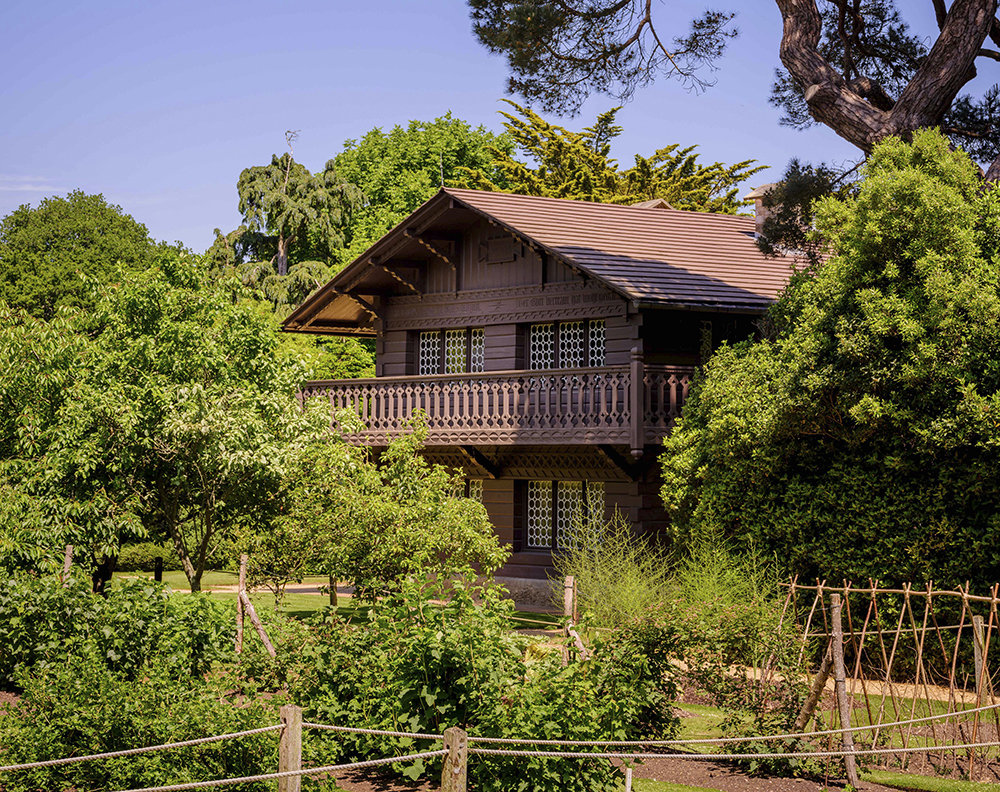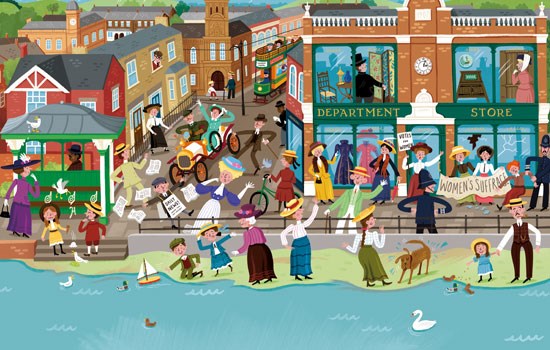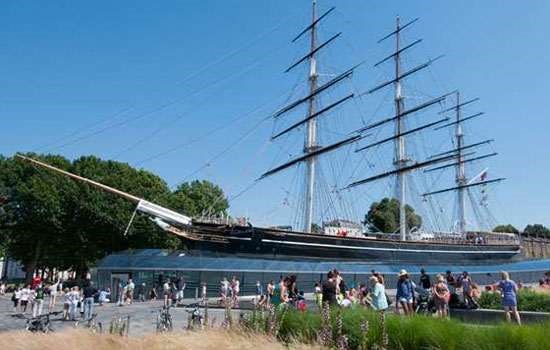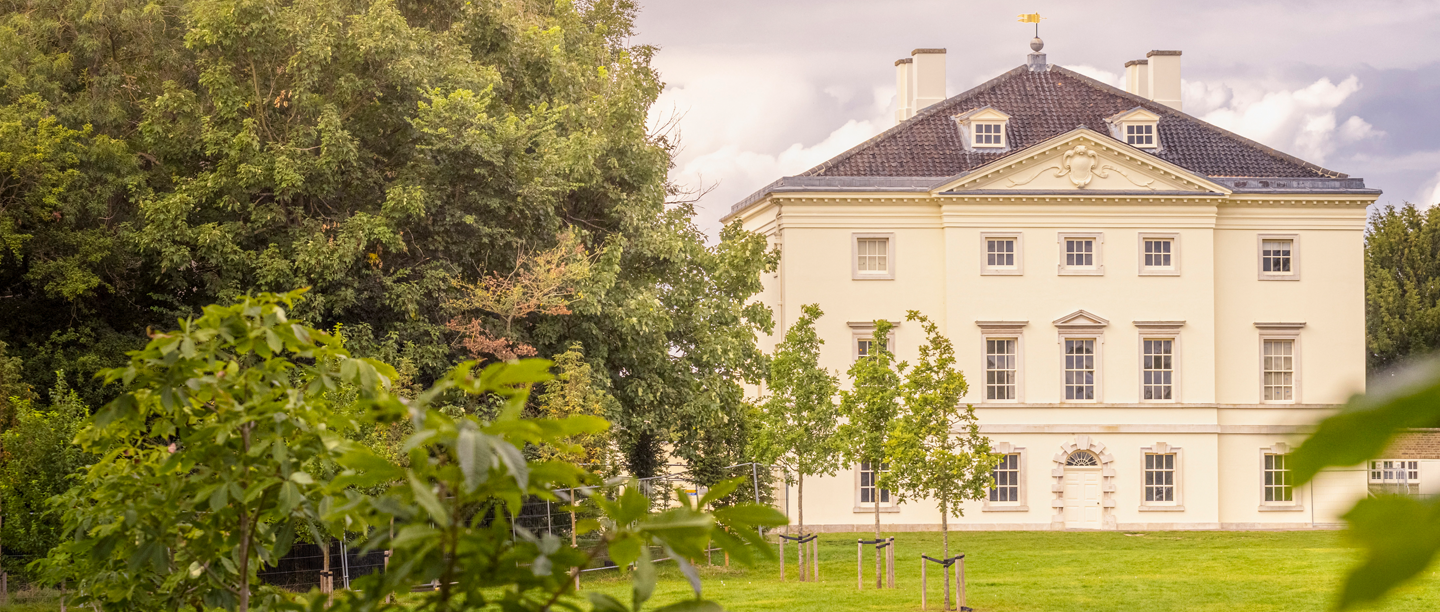
20 Questions Quiz: Country Houses
Test your knowledge of our country houses with this quiz.
-
1. Which landscape gardener began to remodel the gardens at Audley End House and Gardens in Essex in the 1760s, only to be dismissed two years later?
Answer: Lancelot ‘Capability’ Brown
Audley End’s owner Sir John Griffin commissioned Lancelot ‘Capability’ Brown, at the time England’s pre-eminent landscape designer, to remodel the grounds into one of England’s finest landscape gardens. But two years in, a quarrel prompted Sir John to replace Brown with the unknown Joseph Hicks, who completed the work.
-
2. Down House in Kent is renowned for being the home of Charles Darwin – but for how long did he live there? A - 20 years; B - 30 years or C - 40 years
Answer: 40 years
Darwin lived with his family at Down House for 40 years until his death in 1882. After moving in to the house in 1842, Darwin and his wife, Emma, remodelled the property and its extensive gardens, which Darwin used as an open-air ‘living laboratory’. It was here that Darwin developed his theory of evolution by natural selection and wrote his groundbreaking book On the Origin of Species by Means of Natural Selection (1859).
-
3. Answer
Answer: Brodsworth Hall and Gardens in South Yorkshire
Brodsworth Hall was built between 1861 and 1863 for Charles Sabine Thellusson, whose great-grandfather Peter Thellusson, a merchant and banker, had bought the estate in 1791. The Thellussons required a house and estate suited to family life and entertaining their social set. They replaced the existing Georgian house with a more efficiently planned new house, setting it further away from the church and village in private gardens overlooking newly opened-up parkland. Brodsworth survives as a mid-Victorian vision of a comfortable country house, with many of its original furnishings and the formal gardens laid out around it. The property had fallen into disrepair by 1990, when it was taken into English Heritage's care. Since then, its fragile interiors have been carefully conserved, while the gardens have been returned to their earlier formality.
-
4. The Grange at Northington, Hampshire, was built in which style?
Answer: Greek Revival
Set in a landscaped park, The Grange at Northington, Hampshire, is the foremost example in England of Greek Revival architecture. The mansion owes its present appearance to the architect William Wilkins, who, between 1809 and 1816, transformed a modest 17th-century brick building into something more like an Ancient Greek temple. Wrapping the house in cement, Wilkins added classical facades, including the striking temple front supported on eight gigantic columns.
-
5. The ruins of the 15th-century Minster Lovell Hall lie beside which Oxfordshire River? A - Windrush; B - Evenlode or C - Cherwell
Answer: Windrush
Minster Lovell Hall was built in the 1430s by William, Baron of Lovell and Holand – one of the richest men in England. It was later home to Francis, Viscount Lovell, a close ally of Richard III. After several changes of hands the hall was abandoned and eventually demolished in the 18th century, leaving the extensive remains that stand today.
-
6.Can you unscramble the name of this Lincolnshire site, one of the biggest and best-preserved medieval manor houses in England? LOLLING DOGS BROUHAHA
Answer: Gainsborough Old Hall
Gainsborough Old Hall is a medieval manor house in Lincolnshire, the surviving structures having been built by Sir Thomas Burgh II in the late 15th century. The hall was the seat of the Burghs from 1430 until 1596, and then sold to the merchant Hickman family, who resided there until around 1730. Over the next two centuries the building was leased for various purposes – a mix of residential use, workshops and businesses, a theatre space and civic institutions.
-
7. Where would you find the 18th-century Appuldurcombe House?
Answer: The Isle of Wight
Begun in the early 18th century as the seat of the Worsley family, Appuldurcombe was once the grandest house on the Isle of Wight. Appuldurcombe was a masterpiece of English baroque architecture and, though now a graceful shell, retains many fine architectural details. The celebrated landscape designer 'Capability' Brown enhanced the rolling grounds in the 1780s.
-
8. Lyddington Bede House in Rutland was converted into an almshouse in the 1600s. What is an almshouse?
Answer: Charitable housing for the poor and elderly, usually funded by a religious order
Set beside the church of Lyddington, a picturesque ironstone village, Lyddington Bede House originated as the medieval wing of a palace belonging to the Bishops of Lincoln. By 1600 it had been passed to Sir Thomas Cecil, son of Queen Elizabeth I’s chief minister, who converted it into an almshouse (or ‘bedehouse’) for 12 poor ‘bedesmen’ over 30 years old and two women, who had to be over 45 and free of lunacy, leprosy or the French pox. It continued as an almshouse until the 1930s.
-
9. Which property houses the Wernher Collection of art?
Answer: Ranger’s House in London
Ranger’s House is home to the world-class Wernher Collection, which was amassed by the 19th-century businessman Sir Julius Wernher. More than 700 works of art are displayed across a dozen panelled interiors, and include medieval sculptures, glittering enamels, ornate jewellery, Renaissance paintings, Dutch Old Masters and French tapestries.
-
10. Answer
Answer: Wrest Park
This magnificent 1830s house is set in an outstanding restored garden landscape originating in the 17th century. The house itself is remarkable, a notable example of 19th-century English architecture following the style of an 18th-century French chateau. Its grounds are a glorious amalgam of three centuries of English garden design, and contain one of the few remaining formal gardens of the early 18th century. In 2006, English Heritage took over the house, and began an ambitious 20-year project to restore the gardens to their pre-1917 state.
-
11. The conservatory at Chiswick House and Gardens is home to the oldest collection in Britain of which flower? A - Hydrangeas; B - Peonies or C - Camellias
Answer: Camellias
Chiswick’s conservatory camellias are one of the oldest collections under glass in Europe. Brought by ship from China, where they have been cultivated for thousands of years, they were a luxury commodity and a symbol of status in 18th-century England. These plants were in danger of being lost as the conservatory fell into ruin in the late 20th century. Three local members of the International Camellia Society stepped in to look after them. Today, the conservatory looks after 33 different varieties, including examples of many of the earliest varieties introduced to Britain.
-
12. Which king took refuge at Boscobel House (pictured) in 1651 after Civil War defeat?
Answer: Charles II
Following the execution of King Charles I in 1649, his eldest son made a brave attempt to regain the throne. In 1651 his hopes were crushed at Worcester in the final conflict of the Civil War. Following the defeat, young Charles was forced to flee for his life towards the River Severn. Finding his way blocked by Cromwell's patrols, he sought refuge instead at Boscobel, hiding first in an oak tree and then in a priest hole under the attic stairs. Today, the lost oak pasture has been restored, including trees descended from the original oak in which Charles hid.
-
13.What saved Marble Hill from destruction in 1902?
Answer: It’s part of a view protected by an Act of Parliament
Marble Hill was built in the 1720s as a Palladian retreat for Henrietta Howard, an notable figure in Georgian court society. The house and estate were saved from destruction and development by an Act of Parliament in 1902, because they lay at the heart of the memorable view from Richmond Hill. The property is the last complete survivor of the elegant villas and gardens that once bordered this part of the Thames.
-
14. Which site was the birthplace of the English Landscape Movement?
Answer: Chiswick House and Gardens in London
At the start of the 18th century, it was fashionable to have formal gardens, laid out in carefully planned geometric shapes. But the 3rd Earl of Burlington – who designed this neo-Palladian villa – opted for more natural style with stretches of water and groves, opening out into sweeping lawns to create picturesque views. These more informal gardens gave birth to the English Landscape Movement and were widely copied across England.
-
15. Answer
Answer: 17th century
Sutton Scarsdale Hall was built in the baroque style, on the site of an existing house, between 1724 and 1729 for the 4th Earl of Scarsdale. Roofless since 1919, when its interiors were dismantled and some exported to America, the ruins of the hall were saved from demolition by the writer Sir Osbert Sitwell, who bought it in 1946 after he had heard of the impending sale to dismantle the stonework.
-
16. Which king loved Apethorpe Palace so much that he personally contributed to its extension? A - James I; B - Edward VI; or C - William III
Answer: James I
For a period, Apethorpe was a royal palace lived in regularly by James I and Charles I. James I so loved Apethorpe that he personally contributed to its extension to make it more suitable for his 'princely recreation' and 'commodious entertainment', particularly for hunting in the nearby royal forest of Rockingham. The resulting series of state rooms, including the King's Bedchamber and the impressive Long Gallery, is one of the most complete to survive from the Jacobean period.
-
17. The 17th-century mansion at Mount Grace Priory was remodelled in what style? A - Arts and Crafts; B - Art nouveau; or C - Art deco
Answer: Arts and Crafts
The mansion at Mount Grace was remodelled at the beginning of the 20th century in the Arts and Crafts style. The movement, championed by William Morris, began in the late 19th century as a response to the impersonal, mass-produced items driven by the Industrial Revolution. The style was inspired by nature and advocated the importance of simple design, use of high-quality local materials and traditional craftmanship.
-
18. Answer
Answer: Belsay Hall, Castle and Gardens
The Belsay that visitors see today comprises three distinct but related elements: a medieval castle that was enlarged into a Jacobean mansion in the early 17th century, a Greek Revival mansion that succeeded it as a family residence at the beginning of the 19th century, and 20 acres of outstanding gardens. The gardens are among the best preserved examples of the Picturesque style of gardens in Britain, while the romantic Quarry Garden was created where stone was cut for the hall.
-
19. Which London property boasts 112 acres of parkland designed by Humphry Repton?
Answer: Kenwood
Sitting on the edge of Hampstead Heath, 17th-century Kenwood is one of London's hidden gems. The house was transformed in the 18th century into a grand neoclassical villa, before celebrated landscape gardener Humphry Repton remodelled the grounds. Repton created a series of meandering paths around the estate to show off all its aspects to their best advantage. He broke up the wide sweeping views in the parkland by planting groves of trees for variety and contrast.
-
20. Answer
Answer: The Swiss Cottage
Hidden in the woods at Osborne on the Isle of Wight, well away from the main house, is the Swiss Cottage – a little Alpine-style chalet built by Prince Albert. Chalets such as this were popular in the early 19th century but were usually built to enhance a garden’s picturesque qualities – they were placed where they could be a focal point, or themselves offered attractive views. But the Swiss Cottage at Osborne had an altogether different purpose. Hidden behind a belt of trees, it was instead built to provide a private space for the royal children to learn about housekeeping, cookery and gardening.
You may also be interested in

